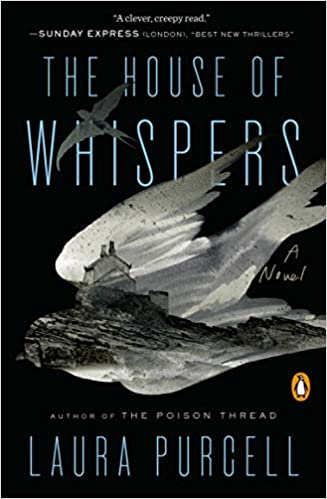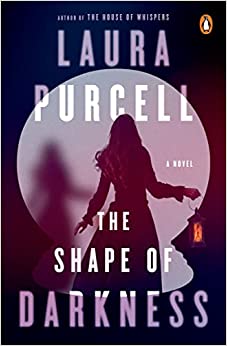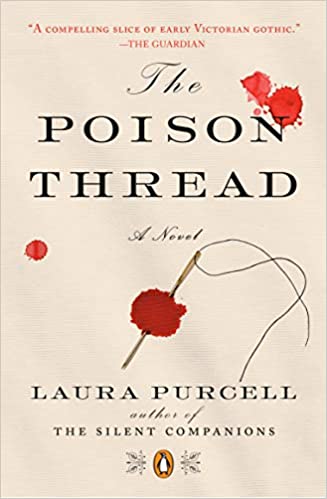Hester Why travels to the Cornish coast to take up a position as a lady’s maid. Right away, we know something is wrong, because Hester is traveling under an assumed name and is drinking. When she arrives at Morvoren House, it seems a strange household. The mistress, Louise Pinecroft, is a frail woman who hardly speaks and refuses to leave a drawing room full of china, even though the room is freezing. Aside from an adopted daughter who, although adult, is treated like a child, there are only servants, including Creeda, a disturbing woman who is obsessed with fairies.
Forty years earlier, Louise Pinecroft and her father arrive at Morvoren House. Dr. Pinecroft has purchased the house because it sits above some caves on a beach. He has a theory that clean, damp sea air could cure consumptives, so he has arranged for some consumptive convicts to live in huts built in the caves below the house. Neither Louise nor her father is thinking very clearly, because their entire family recently died of consumption, after which Dr. Pinecroft lost all his patients because he couldn’t save his family.
This gothic novel is set in two unnamed periods, most likely in the 19th century. It is about two women whose need to be needed basically shipwrecks their lives. It is fairly creepy, although I thought the ending was kind of all over the place. Still, Purcell knows how to write a page-turner.




